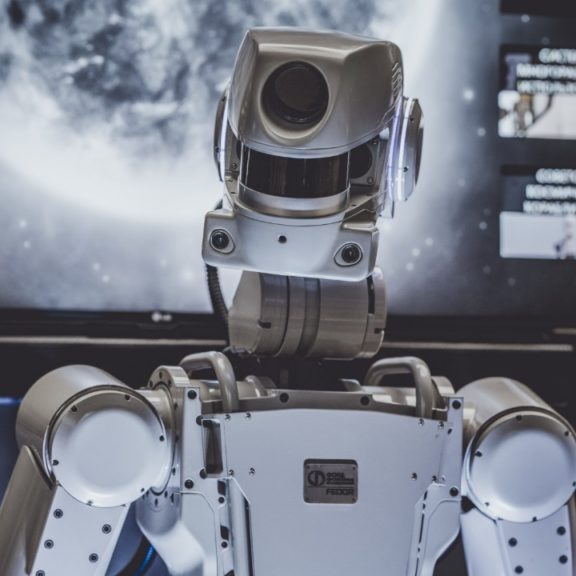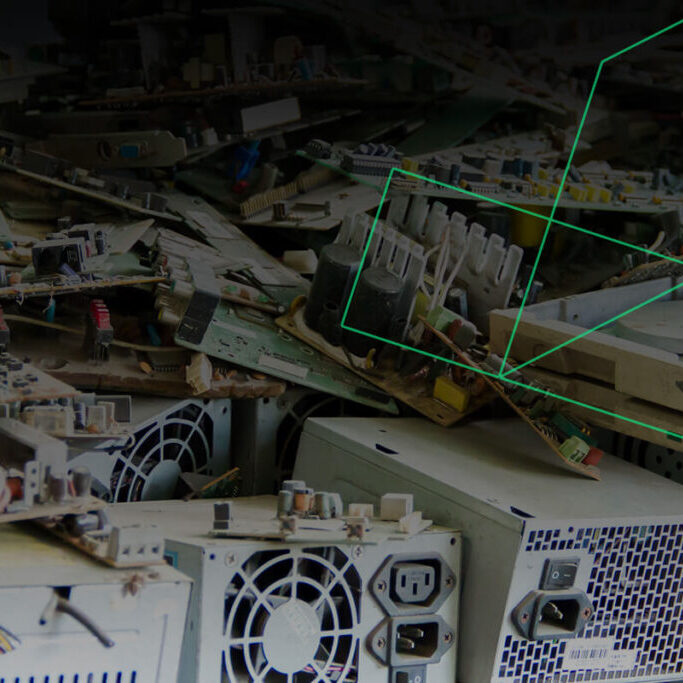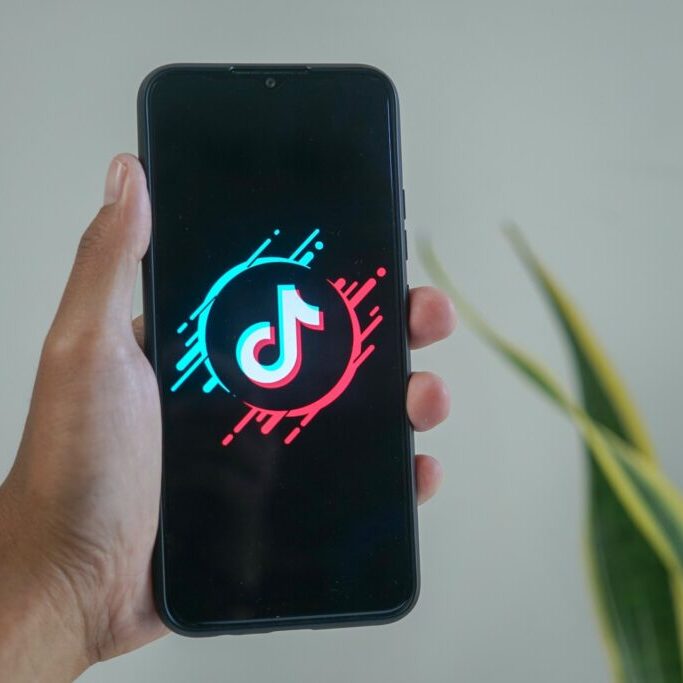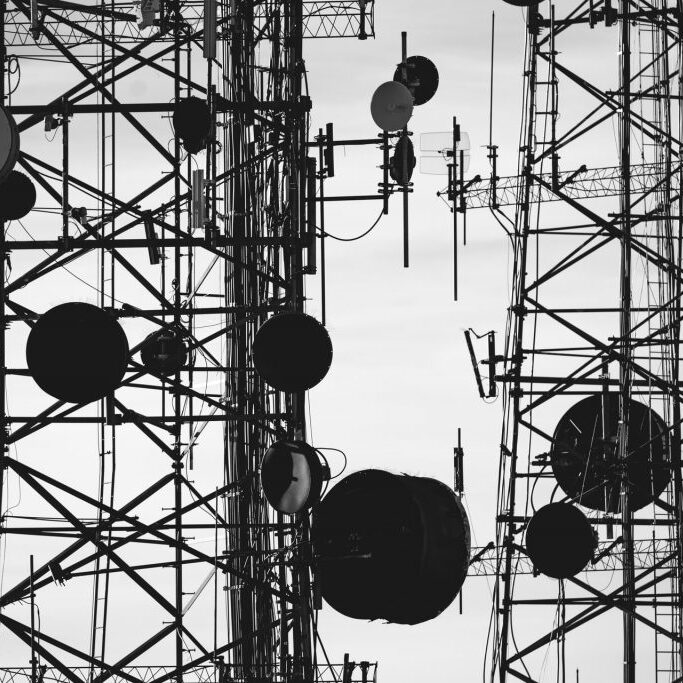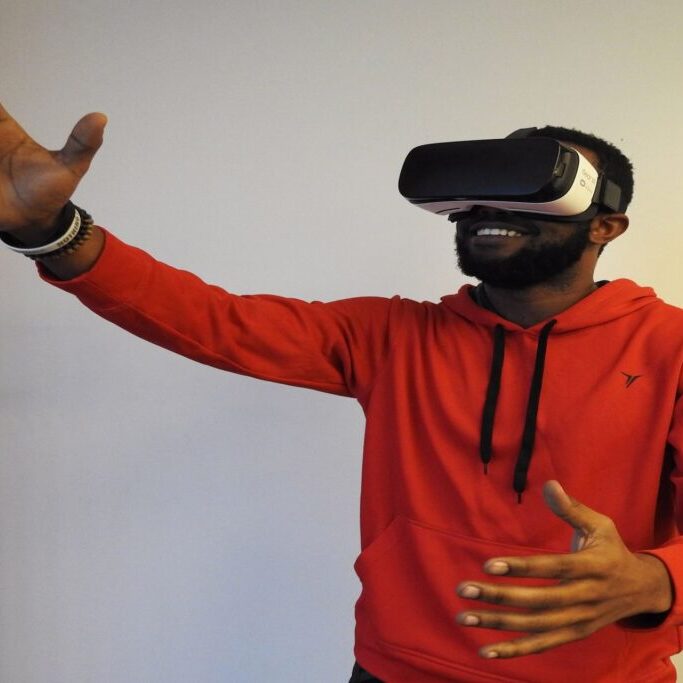Like any other industry, sports today have taken full advantage of technology. You’ve probably noticed that watching football now is an entirely different experience than it was five years ago. One of the most exciting of these changes is the use of predictive analytics in sports.
When it comes to sports, predictive analytics has quite literally changed the game. It influences everything from athletes’ training regimens to sports journalism to marketing. What exactly is predictive analytics, and why is it such a big part of modern sports?
What Is Predictive Analytics?
Predictive analytics is the practice of analyzing data to make predictions about future outcomes. It comes hand-in-hand with another tech term you might’ve heard before — big data. Big data provides people with loads of information, and predictive analytics uses this information to foretell the future.
You can imagine how this technology would come in handy for businesses. Companies use it to inform decisions about budgeting, marketing, product ordering and more. It’s so valuable that 96% of organizations feel it will become more important to their operations in the next three years.
Most predictive analytics systems today use artificial intelligence (AI). Computers tend to be better at making connections between data points than people. By feeding data into an AI-based predictive analytics system, companies can get quick and often accurate projections.
How Do Sports Use Predictive Analytics?
How does any of this information apply to sports? Professional leagues aren’t just a source of entertainment — they’re businesses, too. A baseball team is a company, so like any other organization, they can use predictive analytics to improve their operations.
If you’ve seen “Moneyball,” you know how this works. Team owners, coaches or managers can use player data to predict how they’ll perform under different circumstances. They then use these predictions to refine how they recruit and train players, helping them achieve their full potential.
Predictive analytics in sports doesn’t just help athletes improve their game, either. Leagues can use it to predict teams’ likelihood of winning a championship to inform how they structure a tournament. Brands can use it to determine how many people will watch a game, influencing how much they spend on marketing.
Where Does This Data Come From?
For these predictions to be accurate, the systems require a lot of data. The more information you have to go off of, the better you’ll be able to understand a situation. To make sure they get the most from their predictive analytics investments, sports companies use hi-tech data-gathering equipment.
Predictive analytics in sports includes statistics like win percentages, but they don’t stop there. Major League Baseball uses a two-part tracking technology called Statcast in all of its stadiums. Statcast uses radar and high-speed cameras to gather data like pitch speed, launch angle, player speed and arm strength.
Professional and collegiate stadiums use technology like this to track nearly every aspect of the game. Every time a player moves or the crowd cheers, they create a data point that technology can record. The information has always been there, but new advancements finally allows people to track it. Predictive analytics has also affected competitive gaming, which is not officially a sport, even though it has some sports-like characteristics.
The High-Tech World of Sports
As technology advances, teams will be able to gather more granular data. Gadgets like health wearables allow them to monitor a players’ physiology. With more informative data, athletes will continue to improve thanks to better predictive analytics.
Sports these days may be more high-tech than you realize. Next time you’re watching a game, look at all the stats on the screen and consider how they get them. Technology like predictive analytics makes sports what they are today.
Recent Stories
Follow Us On
Get the latest tech stories and news in seconds!
Sign up for our newsletter below to receive updates about technology trends


